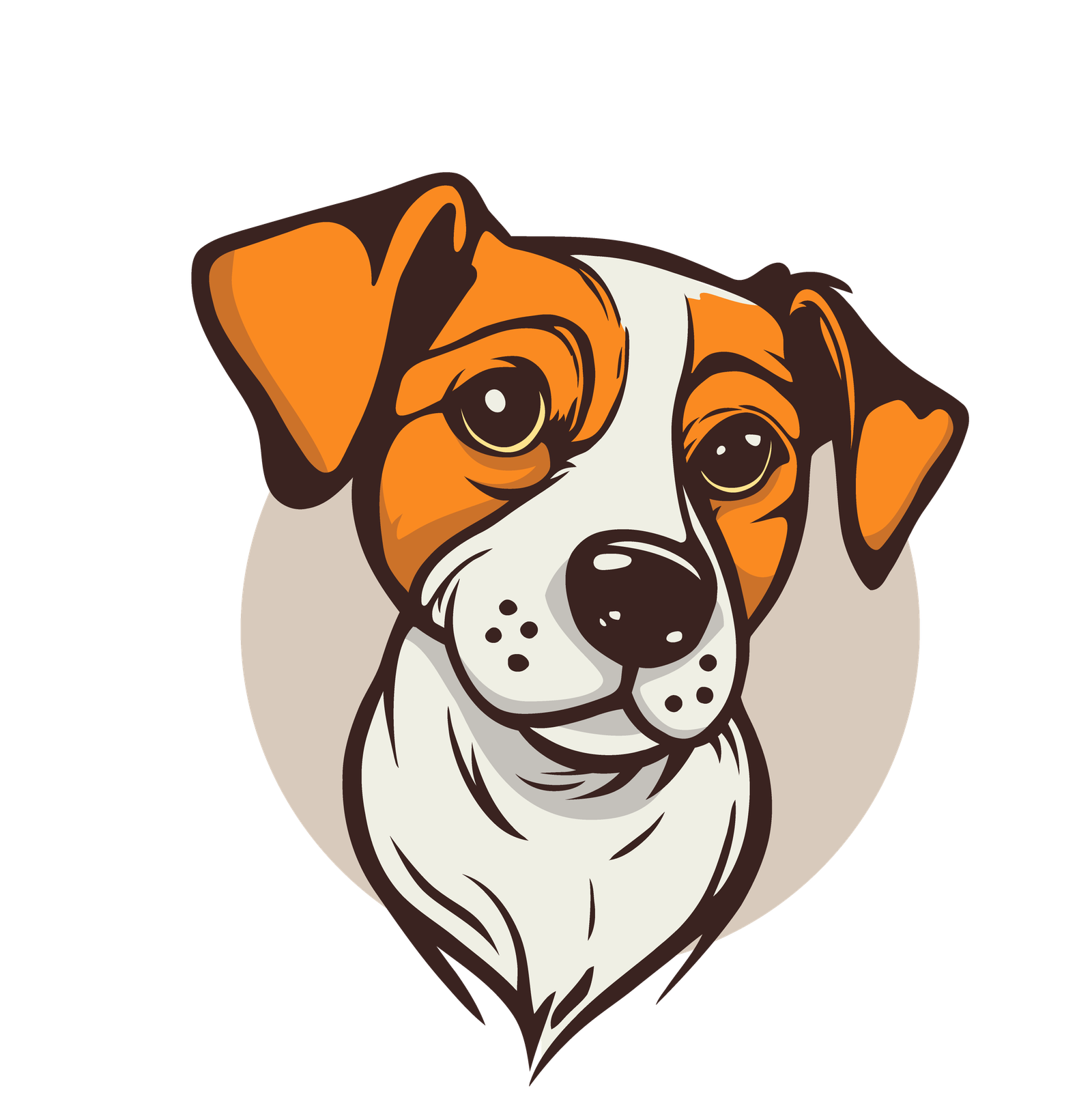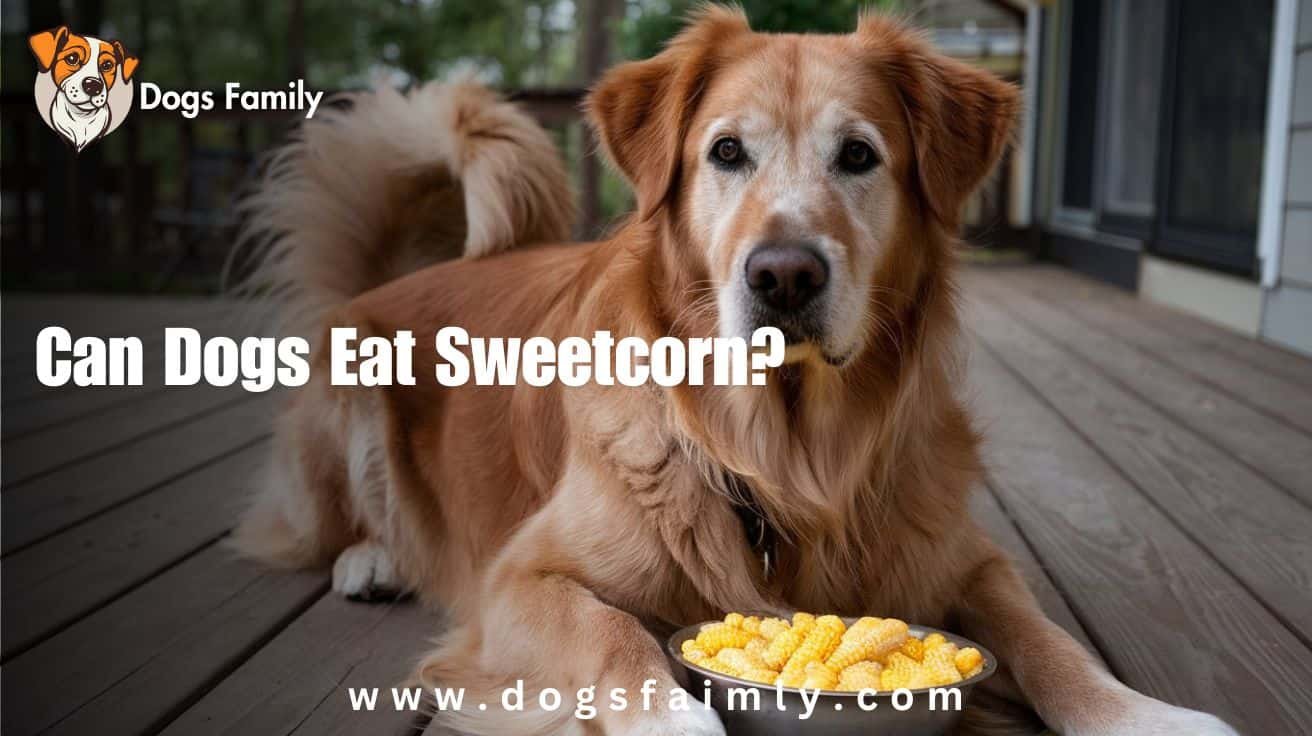A Comprehensive Guide for Pet Owners
As pet owners, we always want the best for our furry friends, especially when it comes to their diet. With so many food options available, it’s natural to wonder if certain human foods are safe for dogs. One such food that often comes up is sweetcorn. Can dogs eat sweetcorn? In this article, we’ll explore the safety, benefits, and potential risks of feeding sweetcorn to dogs.
The Basics: Is Sweetcorn Safe for Dogs?
Can Dogs Eat Sweetcorn and safe for dogs? The simple answer is yes; dogs can eat sweetcorn. However, there are a few important considerations to keep in mind. Sweetcorn is not toxic to dogs, and many dogs enjoy the taste. It can be a fun treat when prepared properly.
Nutritional Benefits of Sweetcorn
Sweetcorn is packed with various nutrients that can benefit dogs, including:
- Vitamins: Sweetcorn is a good source of vitamins A, B, and E, which support overall health.
- Fiber: The fiber in sweetcorn can aid in digestion and help maintain a healthy gut.
- Antioxidants: Sweetcorn contains antioxidants that can support a dog’s immune system.
Anecdote: Daisy’s Delight
Let’s take the case of Daisy, a lively Golden Retriever. Her owner, Sarah, was curious about what human foods Daisy could enjoy. One day, while preparing a corn salad, Sarah decided to give Daisy a small piece of sweetcorn. To her delight, Daisy gobbled it up, wagging her tail in approval! Encouraged by this, Sarah began incorporating small amounts of sweetcorn into Daisy’s diet. She noticed that Daisy seemed to have more energy during their walks.
How to Safely Feed Sweetcorn to Dogs
Can Dogs Eat Sweetcorn? While sweetcorn is safe, it’s important to feed it to your dog properly. Here are some guidelines to ensure that you’re doing it right:
1. Cooked, Not Raw
Always feed your dog-cooked sweetcorn. Raw corn can be hard for dogs to digest and might lead to stomach upset. Boiling, steaming, or grilling corn on the cob is an excellent way to make it safe for your pet.
2. Remove the Kernels
If you choose to give sweetcorn to your dog, it’s best to remove the kernels from the cob. The cob itself can pose a choking hazard and may cause intestinal blockages. Instead, serve the corn kernels directly to your dog.
3. Moderation is Key
While sweetcorn can be a tasty treat, it should only be given in moderation. Too much corn can lead to digestive issues or an upset stomach. It’s always a good idea to introduce any new food slowly.
4. Watch for Allergies
Just like humans, dogs can have food allergies. When introducing sweetcorn, observe your dog for any signs of allergies, such as itching, gastrointestinal upset, or excessive drooling. If you notice any of these symptoms, discontinue feeding sweetcorn and consult your veterinarian.
Potential Risks of Feeding Sweetcorn to Dogs
While sweetcorn is generally safe for dogs, there are a few potential risks to consider:
1. High Carbohydrate Content
Sweetcorn is relatively high in carbohydrates, which can contribute to weight gain if overfed. If your dog is overweight or has diabetes, consult your vet before adding sweetcorn to their diet.
2. Gas and Digestive Issues
Some dogs may experience gas or bloating after eating sweetcorn. If you notice your dog having digestive issues, it’s best to avoid giving them corn in the future.
3. Avoid Processed Corn Products
Steer clear of processed corn products like corn chips, popcorn with butter, or corn salsa. These foods often contain unhealthy additives that can be harmful to your dog.
Step-by-Step Guide to Preparing Sweetcorn for Dogs
Here’s a simple guide to preparing sweetcorn for your canine companion:
Step 1: Choose Fresh Corn
Start by selecting fresh sweetcorn. You can find it in the produce section of your local grocery store.
Step 2: Cook the Corn
Cook the corn by boiling or steaming it for about 5-10 minutes until it’s tender. Avoid adding any seasonings, butter, or salt.
Step 3: Remove the Kernels
Once the corn is cool, carefully cut the kernels off the cob. Make sure there are no pieces left on the cob to prevent choking.
Step 4: Serve in Moderation
Offer your dog a small amount of the corn kernels as a treat. Monitor their reaction to ensure they enjoy it without any adverse effects.
When to Consult Your Veterinarian
If you’re ever in doubt about introducing a new food to your dog’s diet, it’s always best to consult your veterinarian. They can provide personalized advice based on your dog’s health, age, and dietary needs.
Conclusion: Sweetcorn as a Fun Treat
Can Dogs Eat Sweetcorn? In conclusion, sweetcorn can be a tasty and nutritious treat for your dog when prepared and served properly. It’s packed with vitamins and fiber, which can contribute to your dog’s overall health. Just remember to introduce it gradually and monitor for any adverse reactions.
Can Dogs Eat Sweetcorn? As always, the health and happiness of your furry friend are the top priorities. So, the next time you’re enjoying a corn dish, consider sharing a little bit of sweetcorn with your pup—just ensure it’s safe and appropriate for their diet.
By understanding what foods are safe and beneficial for your dog, you can create a more enjoyable and varied diet for them. If you’re looking for more information on dog nutrition, consider visiting trusted sources like Dogs Family, Dogs Daily Hub, the American Kennel Club, or speaking with your veterinarian for expert advice.
Hyperlinks:
How To Stop Food Aggression In Dogs
Is canned corn ok for dogs?
Canned corn is generally safe for dogs to eat in moderation. However, it's important to choose plain canned corn without added salt, butter, or spices, as these can be harmful to dogs. Always drain and rinse the corn to remove excess sodium. While canned corn can provide some nutritional benefits, such as fiber and vitamins, it should not replace a balanced dog diet. Additionally, be cautious of how much you offer, as too much corn can lead to digestive issues. Always consult your veterinarian if you have concerns about your dog's diet.
Can sweetcorn upset a dog's stomach?
Sweetcorn can upset a dog's stomach in some cases. While it is not toxic, it is high in carbohydrates and fiber, which may lead to digestive issues like gas, bloating, or diarrhea if consumed in excess. Additionally, some dogs may have difficulty digesting corn, especially if they have a sensitive stomach or allergies. It's important to introduce sweetcorn gradually and in moderation. Always cook the corn and remove the kernels from the cob to reduce choking hazards. If your dog experiences stomach upset after eating sweetcorn, it’s best to consult your veterinarian for guidance.
Is sweet corn dog safe?
Sweet corn is generally safe for dogs to eat. It's non-toxic and can provide some nutritional benefits, including vitamins A, B, and E, as well as fiber. However, always serve it cooked and in moderation. Remove the kernels from the cob to prevent choking hazards, as the cob can cause intestinal blockages. Additionally, watch for any signs of allergies or digestive issues, such as gas or bloating. If you have concerns or if your dog has specific dietary needs, it's best to consult your veterinarian before introducing sweet corn into their diet.
What will happen if a dog eats a corn cob?
If a dog eats a corn cob, it can lead to serious health issues. Corn cobs are not digestible and can cause choking, which may obstruct the airway. Additionally, they can lead to intestinal blockages, requiring emergency surgery to remove the cob. Symptoms of a blockage may include vomiting, lethargy, loss of appetite, and abdominal pain. If you suspect your dog has eaten a corn cob, it's crucial to contact your veterinarian immediately. Always ensure that dogs are only given safe, digestible food to prevent such dangerous situations.

